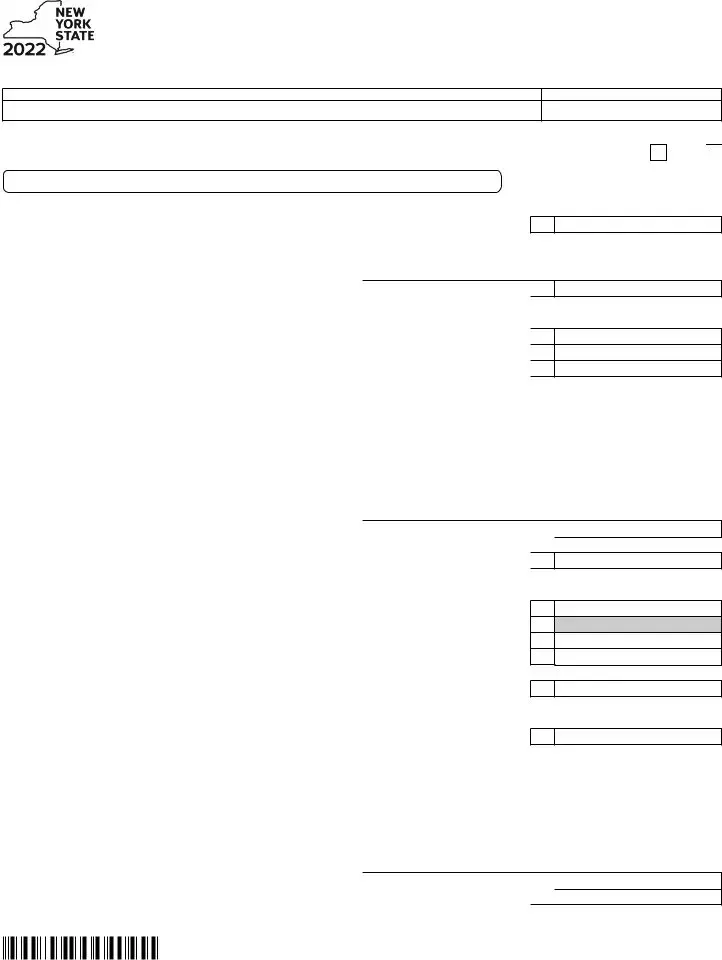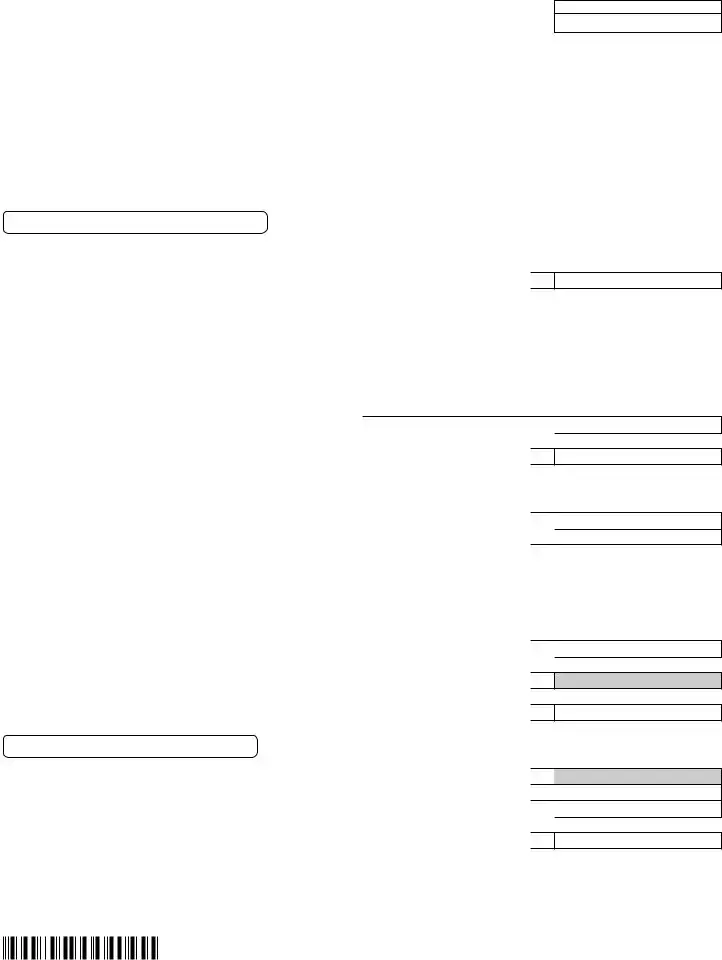The IT-201 form, or the main New York State Income Tax Return, closely parallels the IT-201-ATT in its function and audience. Both are crucial for New York State taxpayers who need to file their annual income taxes. The IT-201 form serves as the primary document collecting general income information, while the IT-201-ATT attachment specifically gathers details about various credits and additional taxes owed. Together, they ensure a comprehensive accounting of a taxpayer's financial responsibility to the state.
The Schedule 1 form, an attachment for the federal 1040 tax return, is akin to the IT-201-ATT in its purpose of providing extra detail. Schedule 1 is used to report additional income or adjustments to income that cannot be captured on the main 1040 form. Similar to how the IT-201-ATT offers space for other tax credits and taxes for New York State filers, Schedule 1 expands the federal tax filing to ensure all financial information is accounted for comprehensively.
Form IT-215, Claim for Earned Income Credit, shares similarities with parts of the IT-201-ATT that deal with refundable credits. Specifically, both forms allow New York State residents to claim credits that could result in a tax refund. The IT-215 focuses on the earned income credit, providing a way for lower-income residents to decrease their tax liability, similar to how the IT-201-ATT includes sections for claiming various refundable and nonrefundable tax credits.
Form IT-216, Claim for Child and Dependent Care Credit, is similar to IT-201-ATT as it details specific tax credits New York taxpayers may be eligible for. While the IT-201-ATT encompasses a broad range of credits, the IT-216 zeroes in on one particular area, offering tax relief to those who incur child and dependent care expenses. Both forms serve the purpose of reducing taxable income through credits, although they focus on different aspects of taxpayers' financial obligations.
The IT-225 form, New York State Modifications, is similar to the IT-201-ATT in its additive nature to the main tax return form. It provides a structured way for taxpayers to report modifications that affect their New York State tax calculation. Like the IT-201-ATT, the IT-225 is necessary for a more accurate reflection of one's tax liability, targeting adjustments outside the scope of standard income reporting.
Form IT-2, Summary of W-2 Statements, although more directly connected to income reporting, shares the IT-201-ATT's role in aggregating necessary details for filing. The IT-2 form consolidates information from an individual's W-2 forms, which is akin to how IT-201-ATT accumulates various tax credit information. Both are essential for providing a complete picture of an individual's tax situation.
Form DTF-635, Claim for Clean Heating Fuel Credit, parallels the IT-201-ATT in focusing on specific tax reliefs within New York State’s tax code. Similar to sections of the IT-201-ATT that handle particular tax credits, the DTF-635 form allows taxpayers to claim credits for using certain clean heating fuels, highlighting the state’s incentivization of environmentally-friendly choices.
The Form IT-203, Nonresident and Part-Year Resident Income Tax Return, while a separate kind of tax form, shares its essence with the IT-201-ATT by targeting specific taxpayer groups with tailored information. The IT-203 caters to nonresidents and part-year residents much like the IT-201-ATT caters to various credits and additional taxes for those fully residing in New York, reflecting the state's tax structure’s diverse applicability.
Form IT-601, Claim for EZ Wage Tax Credit, mirrors elements of the IT-201-ATT by offering a way to claim specific tax incentives. Focused on employers in designated Economic Zones, IT-601 is akin to IT-201-ATT's sections on various credits, showcasing how New York State’s tax forms cater to a wide array of situational tax benefits to stimulate economic activities.
Last, Form IT-658, New York State Historic Homeownership Rehabilitation Credit, is analogous to the IT-201-ATT in its specialized focus. This form allows homeowners who rehabilitate historic properties to claim a tax credit, much like the IT-201-ATT compiles various tax credits and additional taxes for a broad spectrum of taxpayers. Both forms reflect New York State's commitment to rewarding certain behaviors and circumstances through the tax code.



